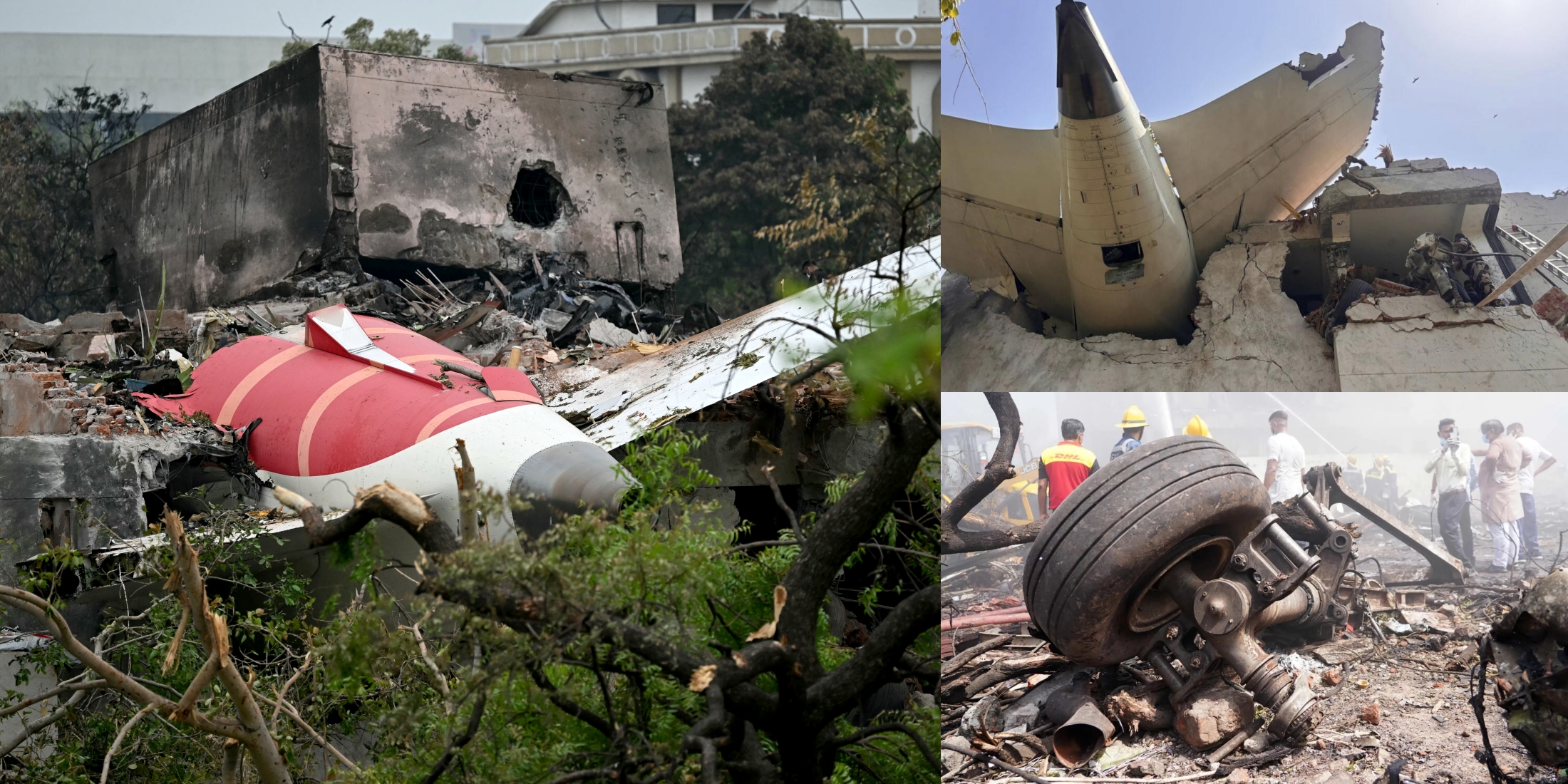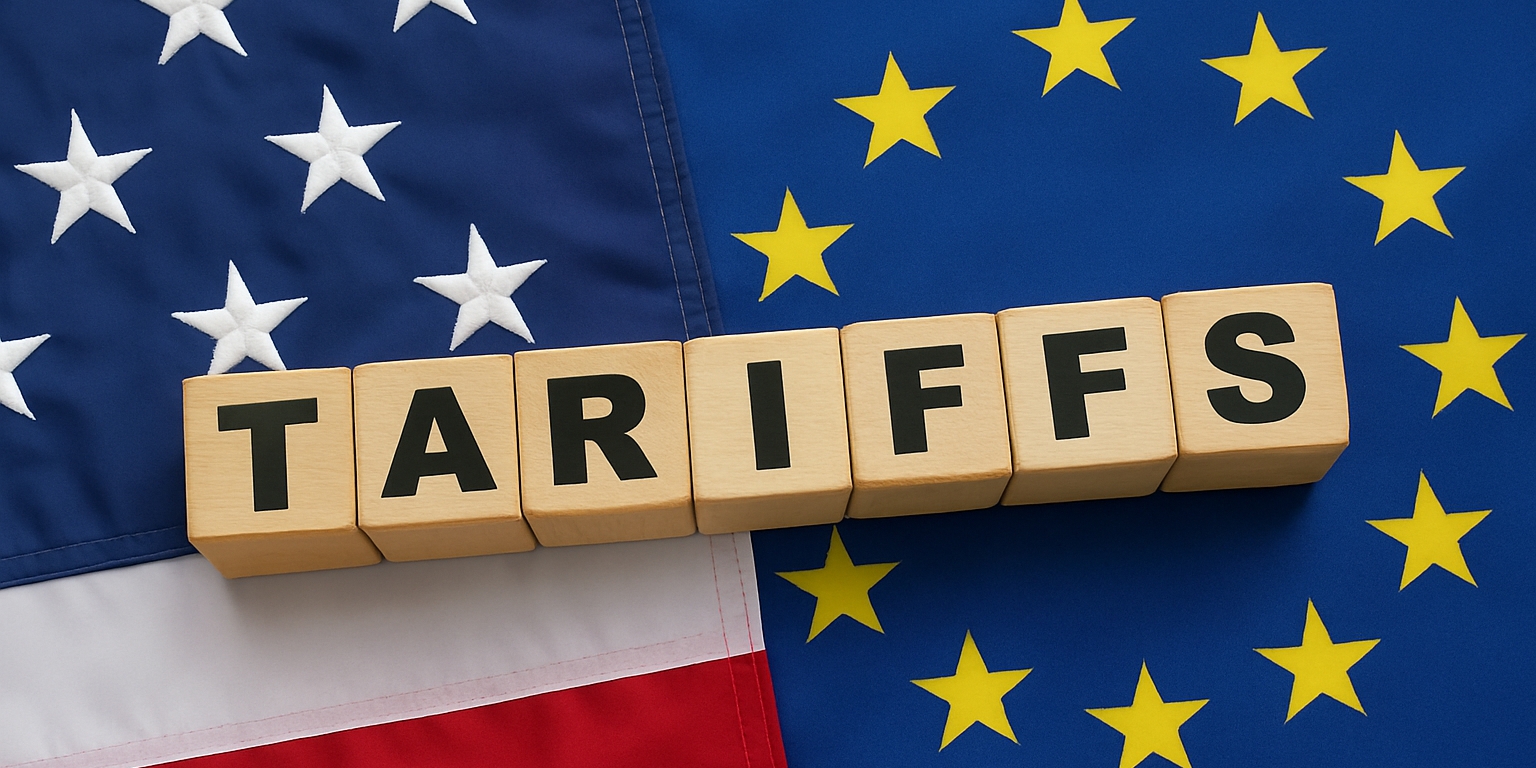We all heard about the Los Angeles fires. Though we do not know how these fires started, we do know what caused them to spread to such unimaginable levels. It was a severe drought-like condition causing the Santa Ana winds. These winds went up to 100 miles per hour, making the fires completely uncontainable. A scientific look into the Los Angeles fires reveals a bigger concern: Global Warming.
The Earth’s core is heating up. 2024 was already declared the hottest year ever recorded in human history. It was the first time that the global average temperature breached the 1.5°C target set forth by the Paris Agreement in 2015.
The cause? Carbon emissions, which, unsurprisingly, were also recorded at their highest-ever levels in 2024 — 41.6 billion tons of CO2 gas was released into the atmosphere. Of this, countries that burned coal, gas, and oil were responsible for emitting 37.4 billion tons of CO2.
The more CO2 is released, the more it causes the Earth’s atmosphere to heat up. Now, on the face of it, you may say a rise of 1.5°C seems very minimal, but when you compare it with Earth as a whole and 1,386 billion cubic kilometers of water heating up because of it, here’s what happens:
- Polar regions melt, causing icebergs like A23a to break free. Like a pebble raising the water in a container, these icebergs melt away, increasing sea levels and affecting our coasts. We are starting to lose coastal land due to flooding and erosion, forcing people to relocate.
- Ocean water becomes warmer, disrupting the balance between warm and cold currents. The result is extreme weather events: heat waves, hurricanes, and tornadoes wreaking havoc on land.
- The agricultural lands also suffer because of uncertain weather conditions, creating a shortage of food and resources.
- Finally, the biodiversity of our land and water faces extreme distress. Thousands of species are dying and will die, creating a mass extinction of flora and fauna.
There are no calculators available to compute the economic loss of a minimal temperature increase. But hearing reports of billions lost in damages to property and human life after every freaky weather event only depresses your heart and mind. We may paint a grim picture here, but this is the reality we are heading toward.
In November 2024, at the COP 29 Climate Conference in Baku, Azerbaijan, the 2024 Global Carbon Budget Report was presented, detailing the nations causing the most damage by burning carbon. This climate conference is also worth mentioning because the world community collectively pledged to increase its financial commitment by up to $300 billion to counter the effects of climate change. They called it the Baku Climate Unity Pact.
But will this be another lost cause in our long-standing struggle for climate change? It remains to be seen. For now, our readers need to know that climate change is happening, and there are some countries that should be held accountable.
The Top 5 Carbon Emitting Countries
Every nation needs to make deliberate efforts to control climate change, but there are some who need to do much more than the rest of us. The world’s top carbon emitters are all developed nations, superpowers, and regional powers. So, if these countries claim political and economic hegemony over all the other countries, then they need to be held accountable for their actions disturbing the climate. Here’s a look at the top five countries with the most CO2 emissions, as per the 2024 Global Carbon Report, and what they are doing to make a course correction.
China – The Price of Ambition
The sun rises from the east, yet the West controls the world. China’s ambition to match and dethrone the USA as the global superpower has led the country on a very aggressive industrialization course. To this end, China is the leading nation with the most CO2 gas emissions. In 2024, China was responsible for 11.6 billion tonnes of CO2 emissions, a 0.2% increase from the previous year.
China’s industrial sector relies heavily on fossil fuels for power, especially the steel and cement industries, leading much of the industrialization and construction in the country. Even though China is a leading investor in the world for wind and solar, the magnitude of its manufacturing and industry relies heavily on coal-power plants.
China has pledged to achieve carbon neutrality by 2060, but its emissions will continue to peak until 2030. Although the country will invest trillions in green-tech innovation, it will still be the slowest to phase out fossil fuels.
USA – Transitioning to Trump’s Idea of Green
The USA remained the second-largest carbon emitter, releasing 5.5 billion tonnes of CO2 in 2024. Unlike China, which saw a slight increase, the US saw a 0.6% decrease, signaling a modest shift towards cleaner energy.
But whether this downward shift will continue in 2025 is the burning question! President Trump, only on his first day of power, announced a national energy emergency, pulling out of the Paris Agreement again and reneging on Biden’s green initiatives, which targeted a reduction in carbon emissions by 2035.
The USA’s transportation industry remained the largest contributor to the country’s overall carbon emissions in 2024. However, the country is currently undergoing a massive shift towards renewable energy, ably supported by legislation such as the Inflation Reduction Act, which is boosting investments in solar, wind, and electric vehicle (EV) production.
With Trump in power for the next four years, the United States’ role in the fight against climate change remains as unpredictable as the man leading the free world!
India – In a Matching Contest With China
India’s CO2 emissions reached 3.9 billion tonnes, a 4.6% increase, the highest growth rate among the top polluters in 2024. This surge was the result of India’s rapid economic expansion, infrastructure boom, and heavy coal dependence, as the country sought to match China’s growing influence in the region and the world.
Over 70% of India’s electricity comes from coal, making the power sector the largest emitter. Additionally, transportation, agriculture, and deforestation have added more burden on climate, the effects of which are visible from Delhi to Lahore in neighboring Pakistan.
Pakistan has continued to blame India for Lahore’s smog situation. In 2024, smog was so severe that the Pakistani government had to shut down Lahore, like in COVID-19 times, to combat the growing air pollution.
India is matching China’s speed. And, like its neighbor, it remains at a snail’s speed in phasing out fossil fuels. The country’s government is making strides in solar and wind projects, announcing a 500 GW clean energy target by 2030, but there is no long-term strategy towards achieving net carbon neutrality.
European Union – Advocating Green With a Carbon-Stained Past!
Of all the countries, the EU bloc remains the most climate-aware region in the world. And it is not just governments taking initiatives but also the citizens actively participating in them to harmonize a collective effort against climate change.
In 2024, EU countries reduced their carbon emissions by 3.8%, but they still make the list at number four with 2.7 billion tonnes of CO2. The EU is steadfast in its commitments to achieve net-zero targets by 2050, and it is doubling down on its members to bolster clean energy infrastructure.
The EU’s transition from fossil fuels is a great example of a strong regulatory framework and aggressive climate policies, including carbon pricing, emissions trading, and renewable energy mandates. One such initiative that The Witty Herald believes is a case study South Asian countries should adopt is Germany’s Solar Balcony Initiative — where, backed by the German Government, 1.5 million households have installed portable solar panels in their apartments to conserve the environment.
For the EU, it is not only about reducing its carbon footprint but also about course correction with priority initiatives such as the Global Biodiversity Framework Fund (GBFF). Led by seven EU nations, the GBFF’s investment fund will help Indigenous Communities in Brazil, Fiji, Mexico, and other climate-affected countries restore biodiversity through flora and fauna rehabilitation and agriculture.
Russia – With Deep Pockets in Coal and Gas, a Nation in Denial!
Russia’s stance on climate change depends greatly on its ongoing war with Ukraine. The war has seen increasing sanctions on the Russian economy, and that, in turn, has the country rely heavily on fossil fuels to power its industries, exports, and socio-economic outlook.
In 2024, Russia aggressively invested in its energy sector, fueling coal-power plants and gas drilling projects across the country. Deforestation, particularly in Siberia, and military stockpiling and movements across its border with Ukraine added more pollution to the air. Russia was the fifth-largest emitter of CO2, releasing 2.2 billion tonnes.
Political pundits have already argued that Russia’s war with Ukraine is about controlling the latter’s deep oil, gas, and coal reserves. It also has to do with ensuring a territorial safe passage for Russian gas to flow into Europe.
The only positive outcome of last year was the COP 29 Climate Summit. However, according to Reuters, Russia pushed its EU neighbors to stop them from hosting the conference, politicizing the situation and blocking every move by Brussels toward a settlement. The conference rights were eventually granted to Azerbaijan, which was already under Russia’s heavy influence.
With Trump proposing new military aid to Ukraine, Russia’s climate commitments will weaken, and its reliance on fossil fuels will deepen. Even though the country is standing firm on its commitment to becoming carbon neutral by 2060, the rising cost of war on its economy may very well derail any and all of its climate agenda.
If you are wondering who else, other than the above countries, is responsible for the rise in global temperatures, you should read this detailed background study by Lindsay Maizland and Clara Fong.
“We are in a race against time to adapt to a rapidly changing climate” ~ UN Secretary-General
We have failed in just ten years since the Paris Agreement. Breaking the 1.5°C threshold in 2024 is certainly a failure of leadership, accountability, and action. It also points to the fact that climate change requires collective effort — not just from governments but also from people and businesses. How we move forward depends upon relearning our actions and improving our ongoing policies, transforming them into impactful agents of change!
Policy Executions in Focus: Individuals, Businesses, and Governments Need to Run Collectively
The key to sustainability is always balance. A balance between economic growth and sustainable climate practices is what countries have to aim for. And this remains true for our top five polluters as well.
To help our readers understand this balance, we have selected four policy actions that have had the greatest impact. These successful case studies are ready for nations to implement, helping the world pick up the pace in its race against climate change.
EU’s Carbon Border Adjustment Mechanism (CBAM)
This initiative has been a game-changer for businesses, consumers, and EU governments. To explain the initiative in a simple business equation, consider this: CBAM starts with governments placing carbon tariffs on high-emission industries. These tariffs increase the price of goods for end consumers, which means consumers will look for alternatives. So, what do businesses do? They overhaul their supply chains to introduce border sustainability practices.
Decarbonizing supply chains also helps businesses become more climate-aware, which adds to their overall brand appeal. Consumers return to their favorite businesses knowing that using their products also makes them more climate-aware.
The success of CBAM has led to discussions in North America, between the US and Canada, to push legislation requiring businesses to balance profitability and sustainability.
Countries such as Sweden and South Korea have successfully implemented carbon tax credit systems, which reward businesses with financial incentives and tax breaks as they transition to renewables and green energy.
Net Zero Mandates: A Business Chain Reaction
While researching the Global Carbon Report 2024, The Witty Herald appreciated the regulatory frameworks introduced by the UK, Japan, and Germany. These mandates are basically for large corporations to map out their investments and supply chain goals with the governments’ climate agendas for net-zero emissions by 2050.
However, the real power of this policy lies in consumer and investor pressure. As companies like Apple, Microsoft, and Unilever commit to carbon neutrality, their vendors and suppliers are forced to follow suit. This creates a vertical and horizontal chain reaction where businesses need to sustainably and administratively align with the businesses they want to do business with!
Placing Better, Greener Bets!
Money drives action, and for too long, it has fueled fossil fuel expansion. But that’s changing. Thanks to government-backed green finance policies, pension funds, banks, and investors are moving trillions of dollars away from oil, gas, and coal.
Initiatives like the Glasgow Financial Alliance for Net Zero (GFANZ) are encouraging institutional investors to support renewables, not because they’re forced to — but because they are now the smarter financial bet.
Decentralization Builds Ownership, Ownership Creates Action!
We mentioned above that Germany launched a very successful portable solar power initiative. By removing bureaucratic red tape to streamline the uptake of solar panels and launching nationwide rental incentives for landlords and tenants, the country helped citizens take ownership of climate action.
Human psychology is such that we take action when we know the rewards. So, when policies are packaged not with penalties but incentives, everyone takes an interest. If this German case teaches us anything, it is that in our fight against climate change, citizens have to become active stakeholders. They have to invest their money in. As more community solar farms, net-zero neighborhoods, and decentralized wind energy grids have citizen ownership, change will come!
The Bottom Line
After reading this piece, you should now know the players and the playing field. We hope you understand why climate change is important, what world governments are doing or not doing, and what political, economic, and social actors are crucial in our fight for survival. There are 8 billion people, so imagine a positive domino effect if we, at TWH, can inspire even some of you to take a stand.
2025 has just begun, how it goes for our mother earth depends on how sincerely we try!









